Year 2019 Elementary Behavior Management Strategies for Grades 1-8
VerifiedAdded on 2023/03/31
|24
|1861
|455
Report
AI Summary
This report focuses on behavior management strategies for elementary school classrooms (grades 1-8). It begins by defining elementary schools and the importance of behavior management, referencing key statistics and expert opinions on the impact of behavior on learning. The report then delves into the characteristics of well-managed classrooms, followed by seven key strategies for ensuring effective behavior management and a structured learning environment. These strategies include: posting and reinforcing expectations, maximizing predictability and structure, planning questions and questioning techniques, correcting errors non-intrusively, actively engaging students, developing class-wide cultural awareness, and fostering empathy. Each strategy is explained with practical examples and advice for implementation, emphasizing the importance of creating a positive and supportive classroom atmosphere to enhance student engagement and learning. The report concludes by citing relevant references used in the analysis.
1 out of 24
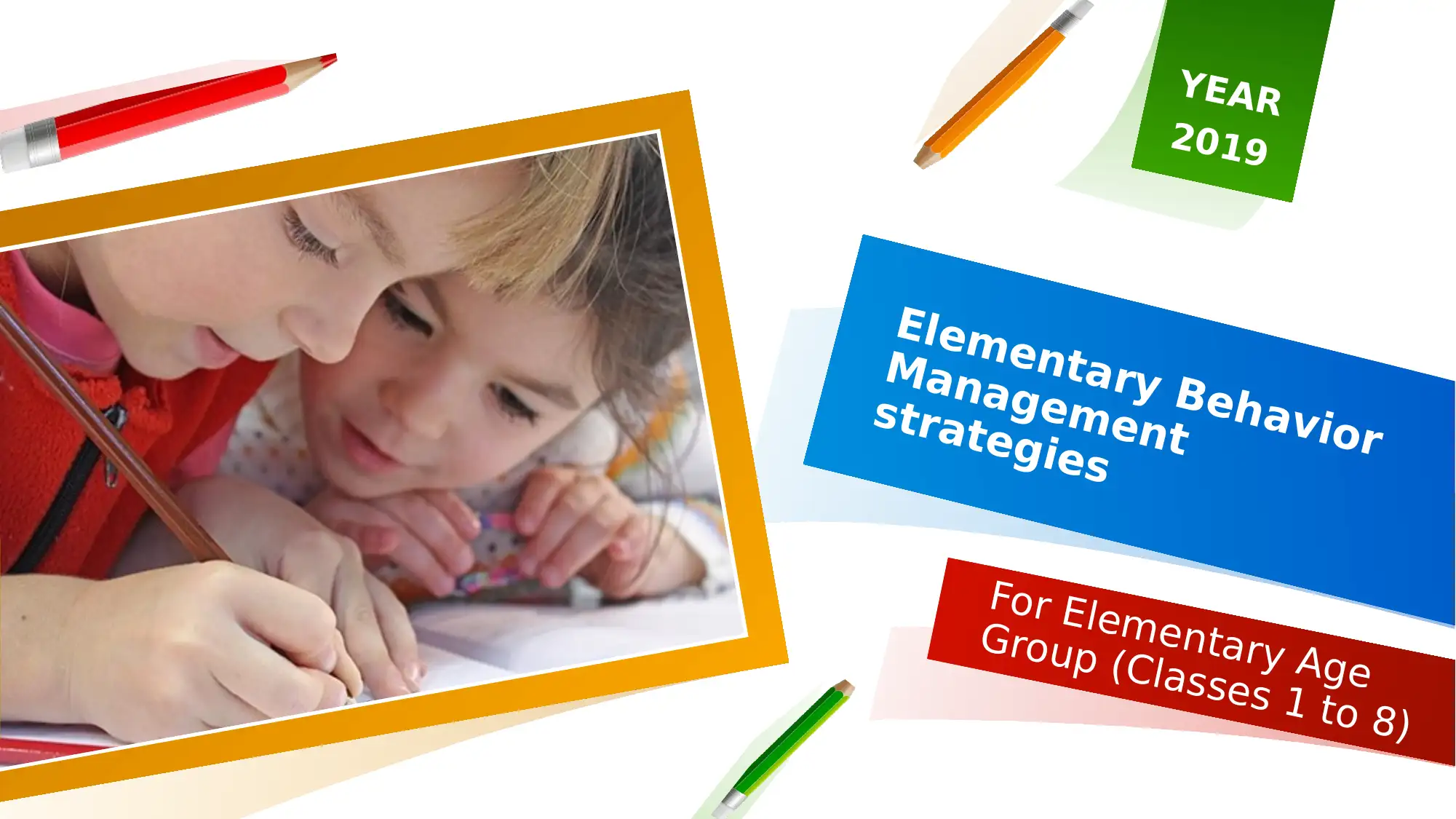
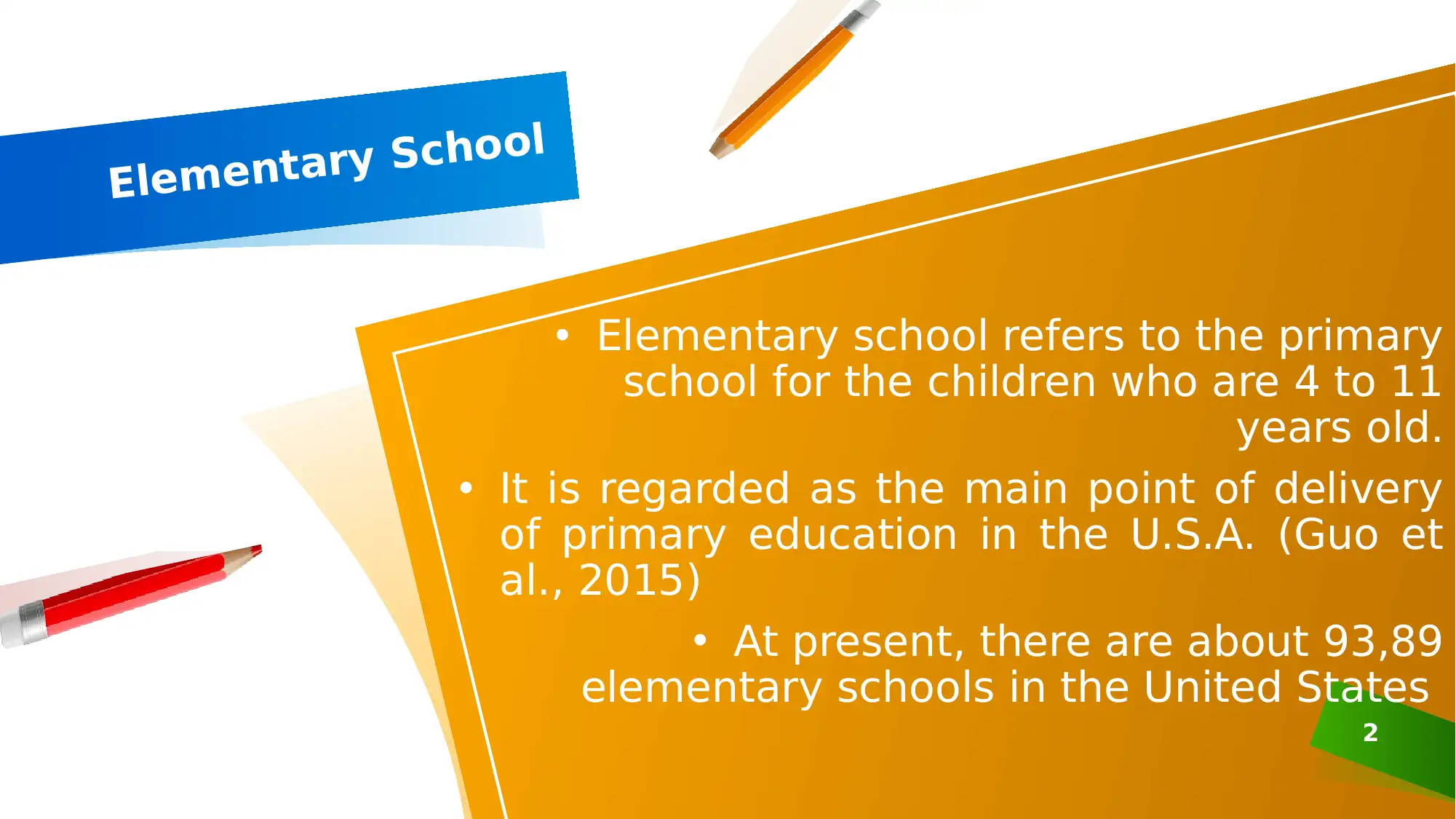
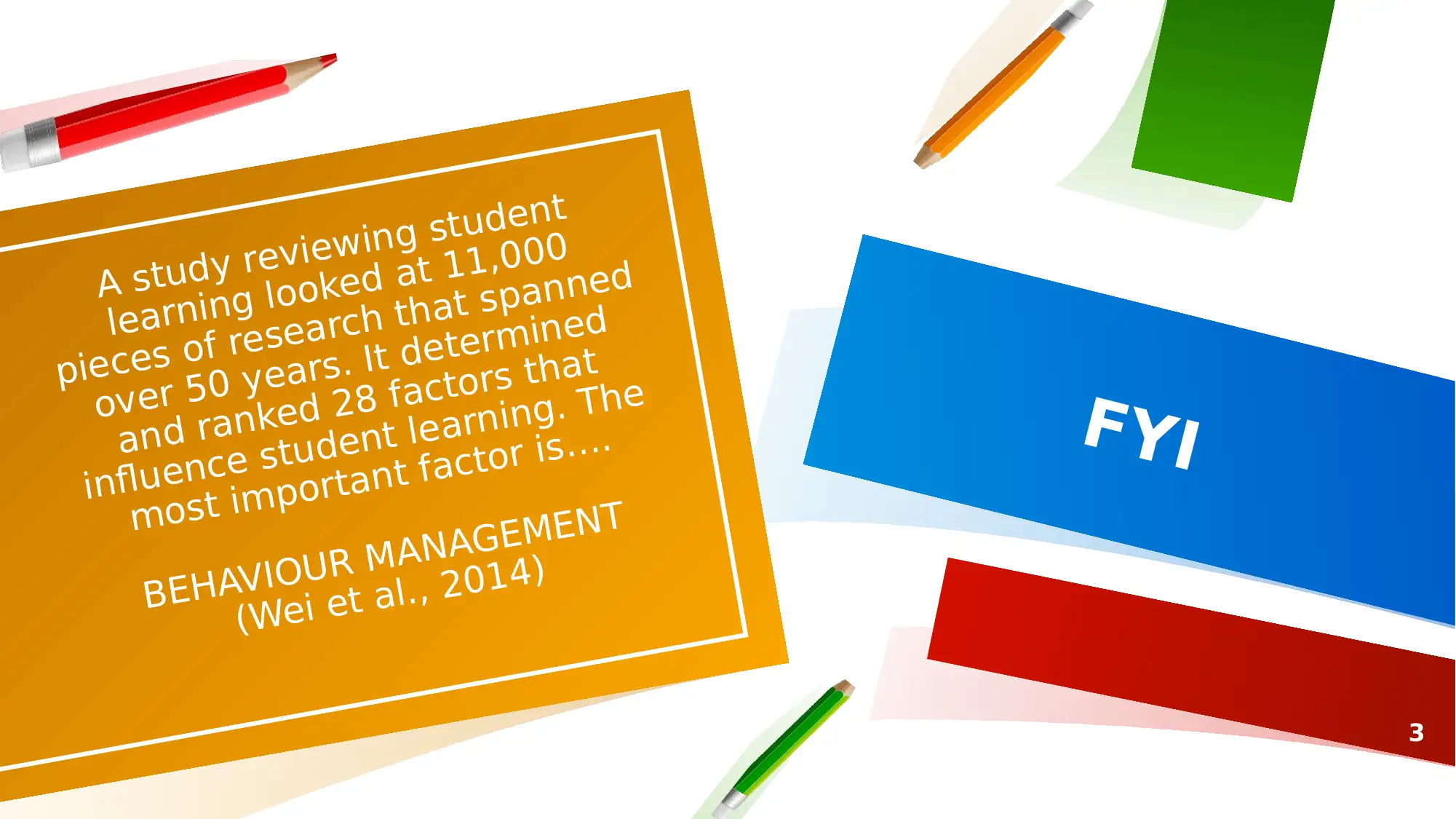

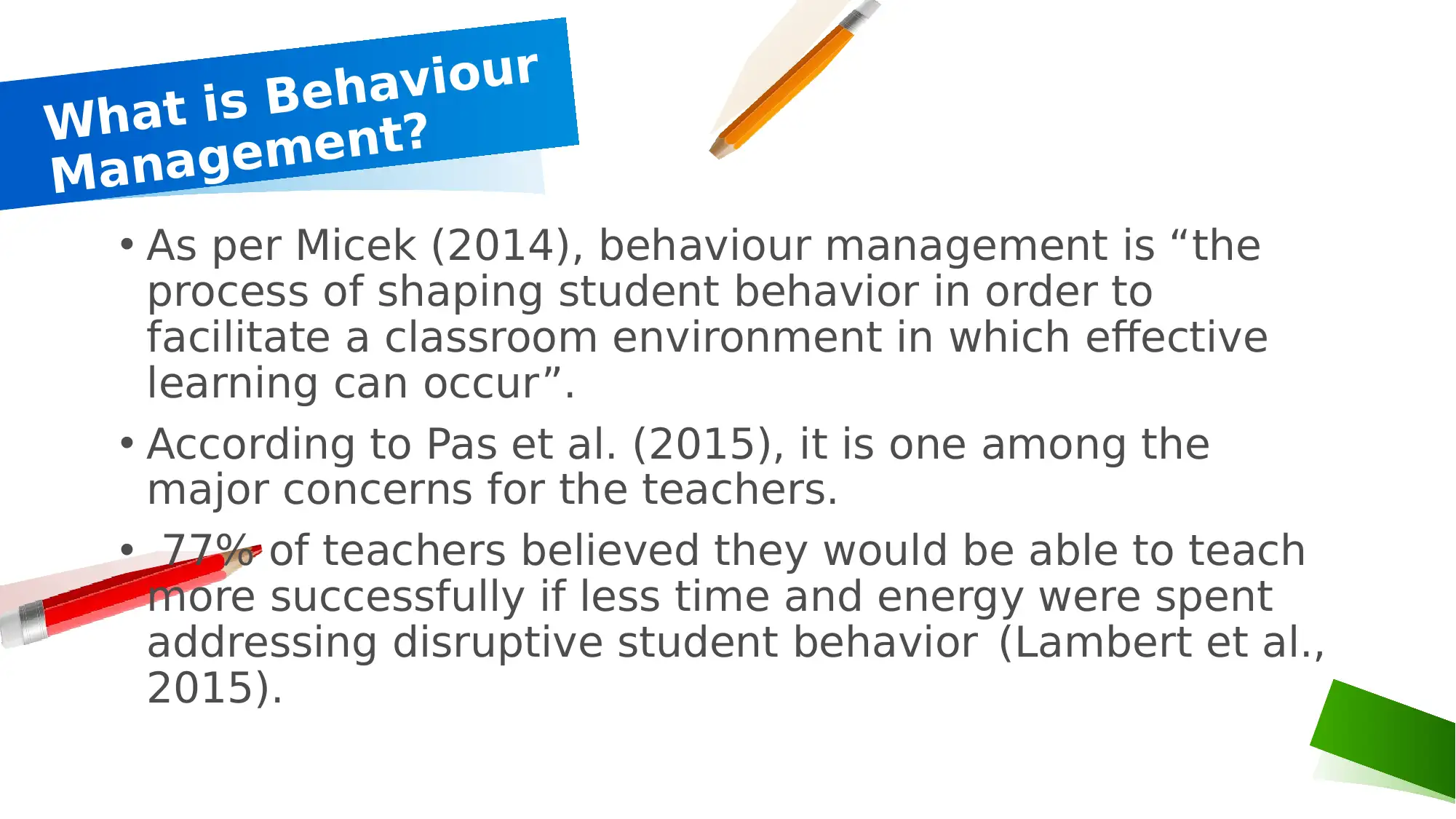
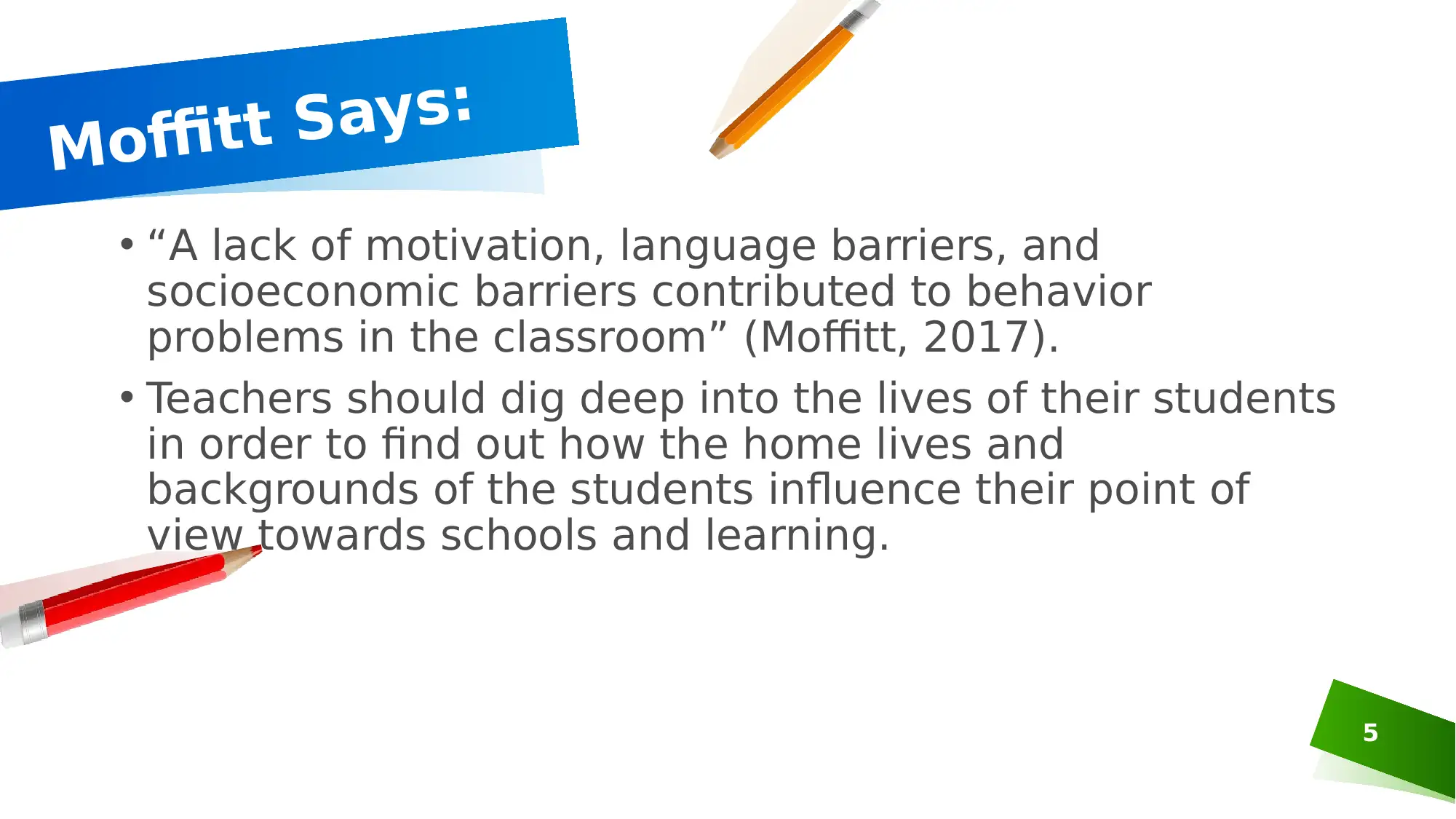

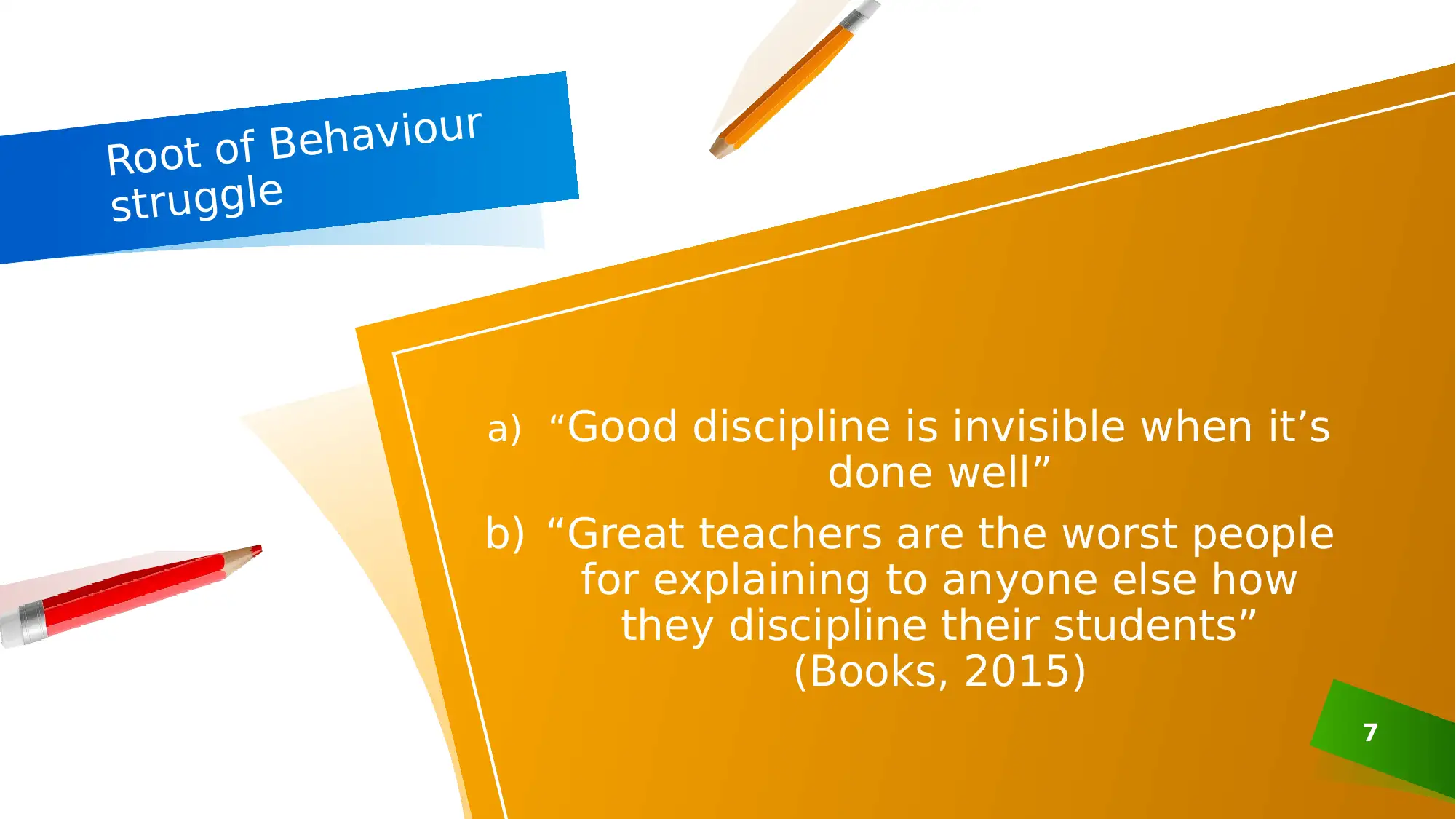


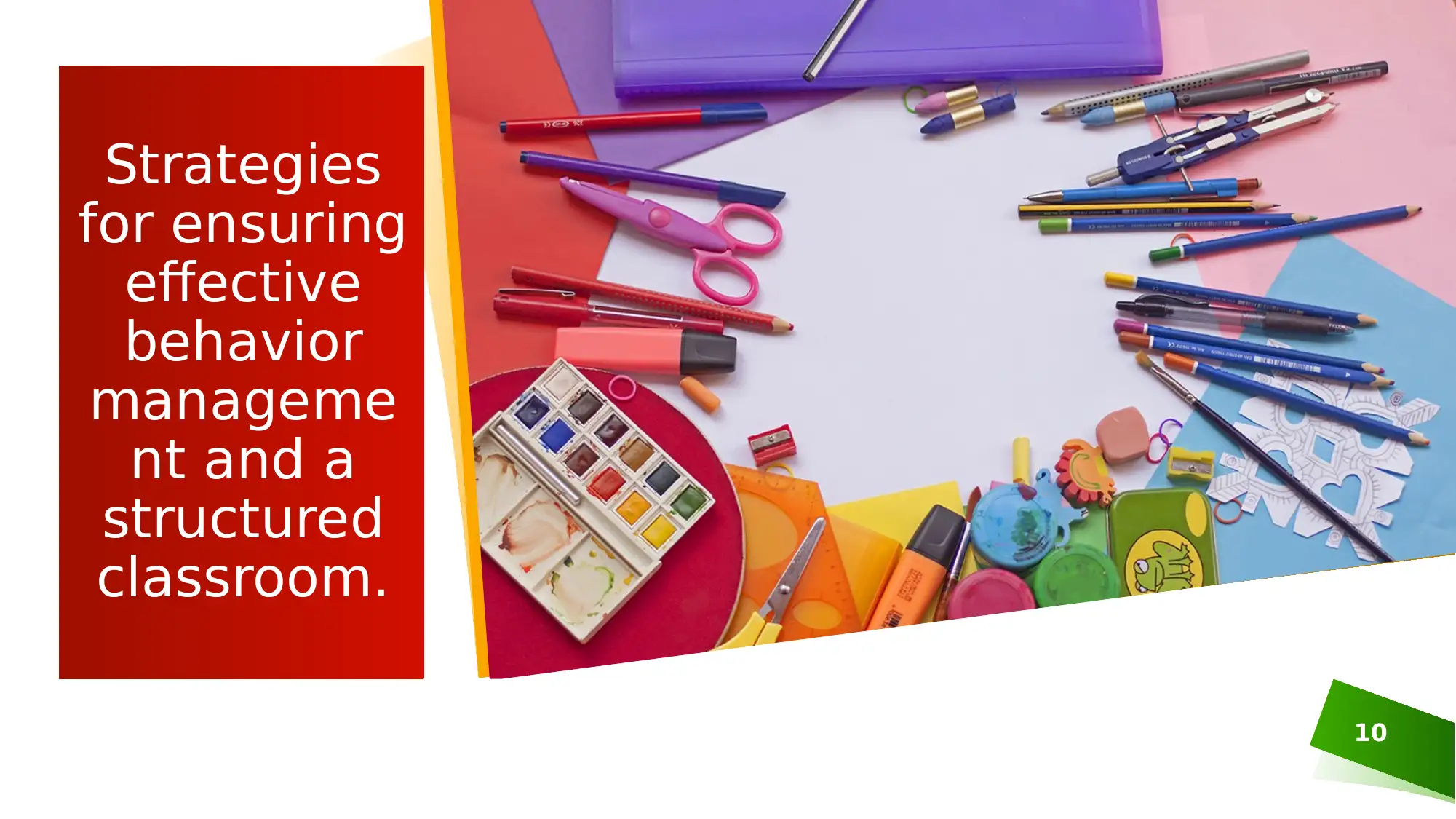
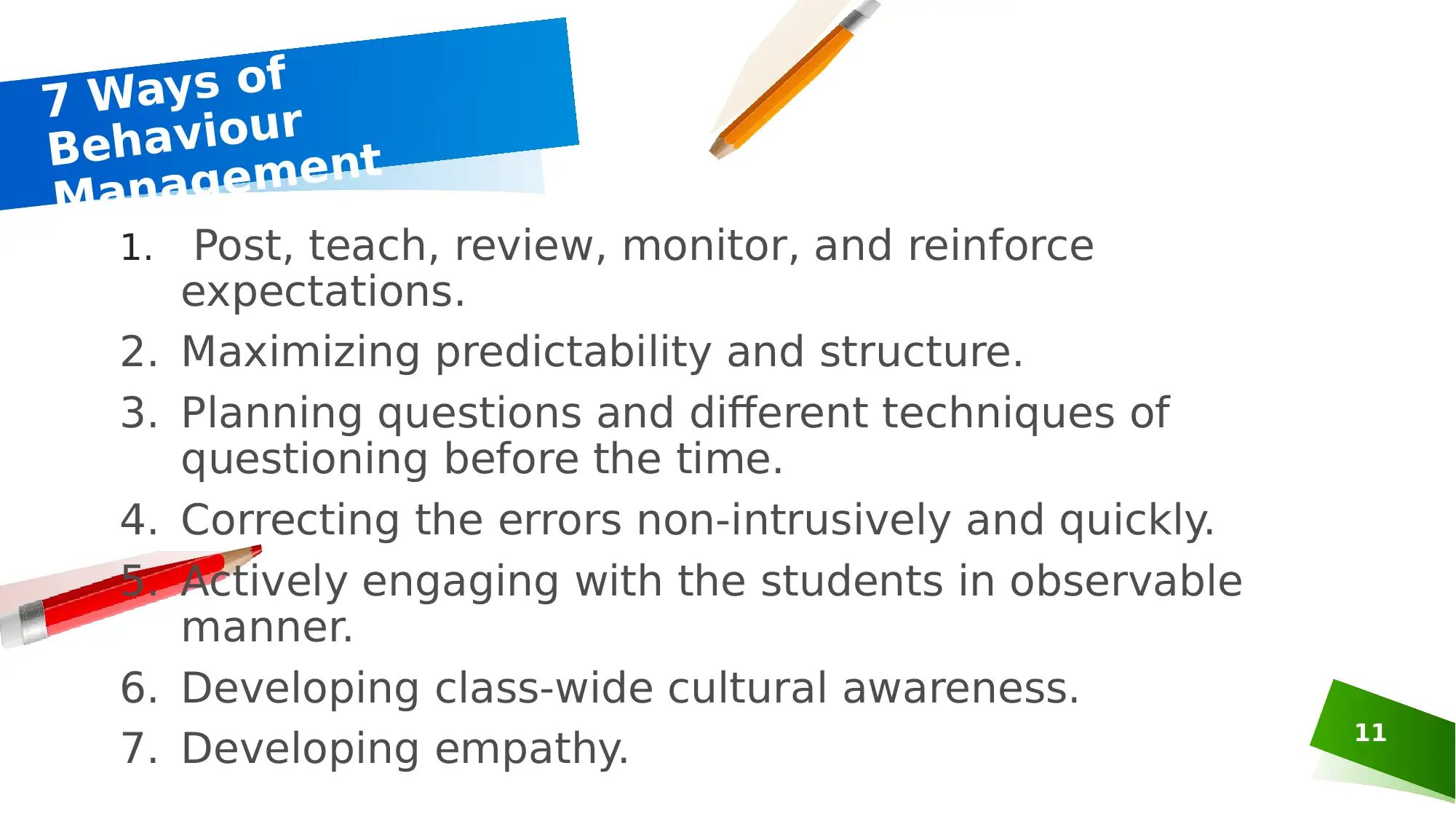
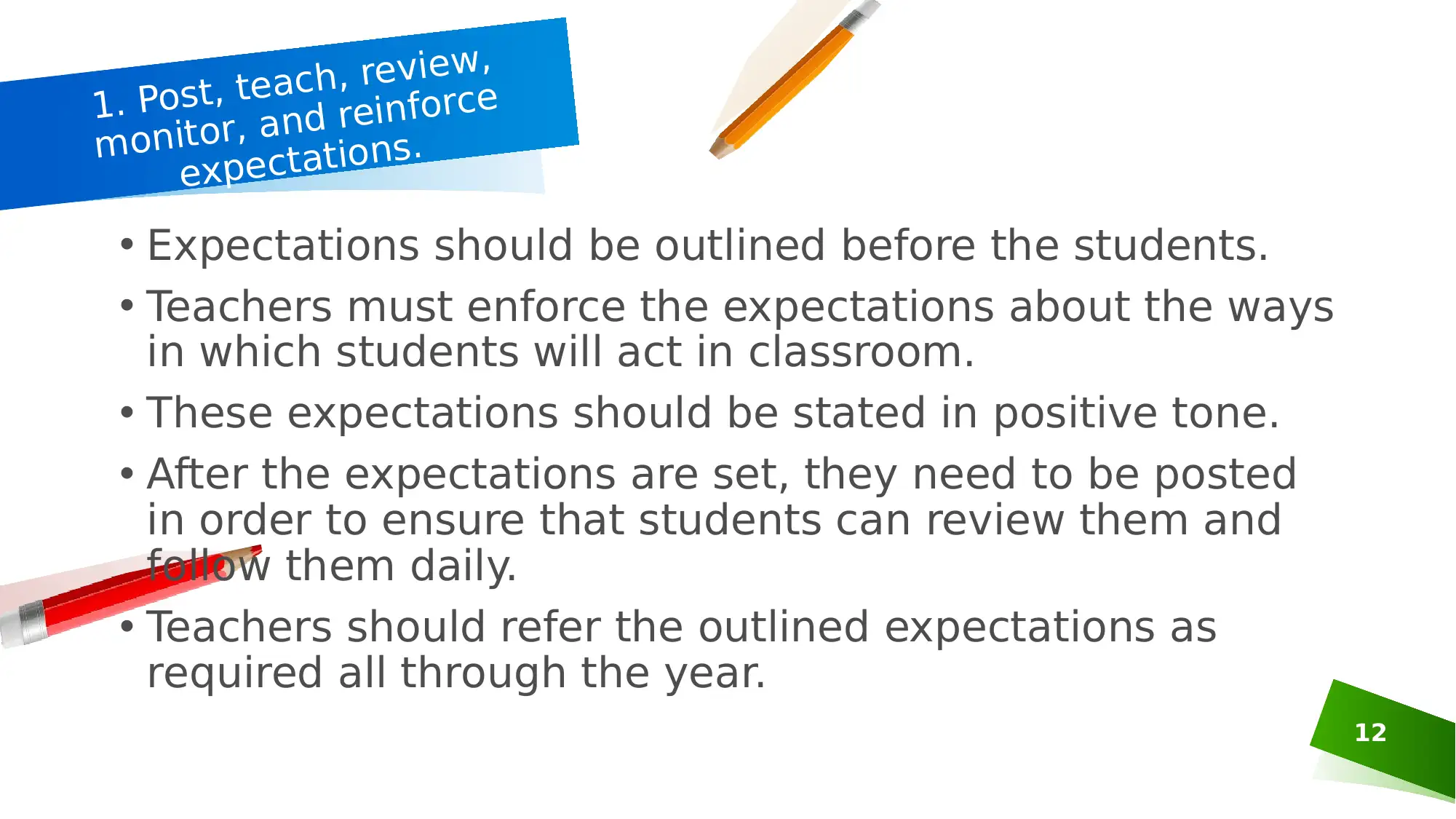






![[object Object]](/_next/static/media/star-bottom.7253800d.svg)